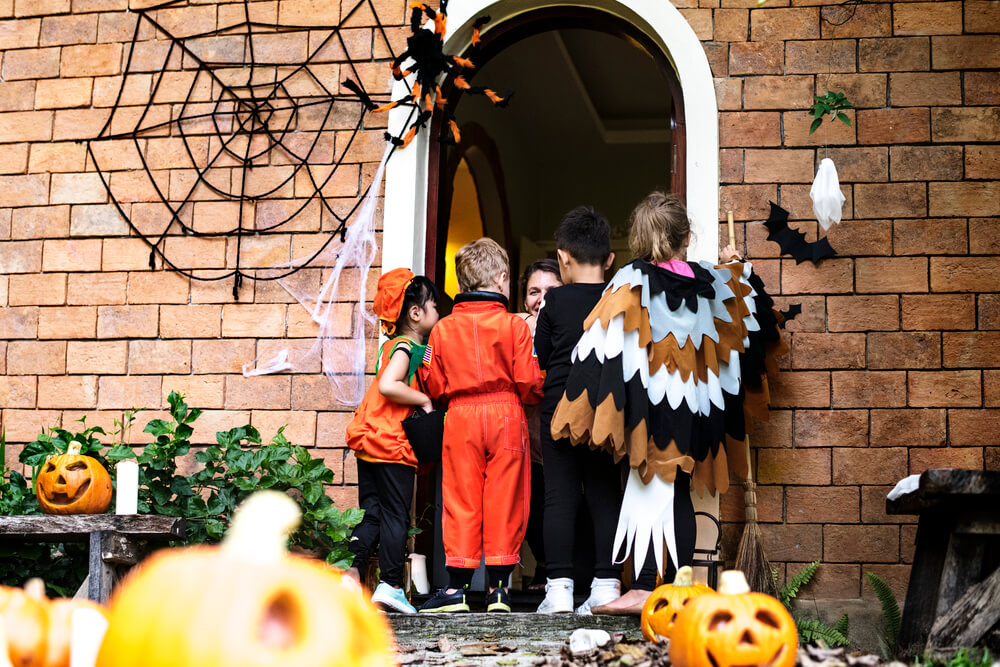Halloween is a time when our communities come together. We open our doors, welcoming children and their families to trick or treat. For most, this is a magical time — yet for others, it is a challenging time.
Children living in poverty, children with anxiety or with sensory and communication challenges, and children with allergies, for example, can struggle on Halloween. But they want to have fun and enjoy the festivities too.
Our neighbours and community play a crucial role in fostering inclusivity and belonging. So, here are five tips for how to be a good neighbour this Halloween:
- Include everyone
Be mindful that Halloween participation looks different for everyone. You may have trick-or-treaters without costumes or who cannot say “trick or treat.” Meet them all with kindness and patience. You never know who has a sensory issue that prevents them from wearing a costume, who cannot afford a costume or who has difficulty with social communication.
Additionally, all children develop at different rates. You may get some children who are bigger or older than you would expect. They also should be able to enjoy Halloween without ridicule.
In recent years, some individuals have been using blue pumpkins to let others know that their child is autistic or neurodiverse — or that they are extra welcoming to those individuals. Families affected by allergies use teal pumpkins.
These are not the only tricks parents may use, so watch out for lanyards, pins or other potential disability signifiers. Please meet these kiddos with the same enthusiasm and compassion you would others.
- Offer alternative treats
Offer alternative treats for trick-or-treaters who may have dietary restrictions, allergies or medical issues and cannot enjoy traditional treats. In these cases, consider getting small surprises like mini Play-Doh, silly putty, pop-its, etc. from the dollar store.
- Test the accessibility of your home
Evaluate the physical accessibility of your home. Stairs and long walkways may be challenging for some neighbours with limited mobility or coordination challenges. Instead, you can set up an accessible table to hand out your treats.
For the ambitious Halloween enthusiast, you can even think of a fun way of delivering candy like a shoot or a pulley system.
- Be flexible on when you offer treats
Offer options for neighbours earlier in the night or on a different day. This may be a great alternative for younger kids or those who may be overwhelmed by crowds, overstimulated by scary decorations/flashing lights or scared of the dark.
- Ask how you can help
Ask your neighbours how you can support them before Halloween. You might be surprised how appreciated this is, especially for parents of children with disabilities.
Halloween may be a lonely experience for individuals with disabilities or parents/caregivers of children with disabilities because public celebrations can be inaccessible. This can result in feelings of exclusion, isolation, resentment and injustice, as they may not be able to participate fully in the same way as others.
The lack of understanding or accommodation from others can exacerbate these feelings. Making these small modifications to your Halloween routine can help somebody feel seen and heard and included.
Everyone is responsible for ensuring that this festive occasion is enjoyable for all, regardless of their background or abilities. It is essential that we learn and that we actively search for ways to support and advocate for one another.
As good neighbours, we can make a significant difference by being mindful, offering alternatives, and, most importantly, communicating with members of our communities.
For more Halloween tips and activities, visit https://www.thelittleredplayhouse.com/
Photo courtesy of DepositPhotos



